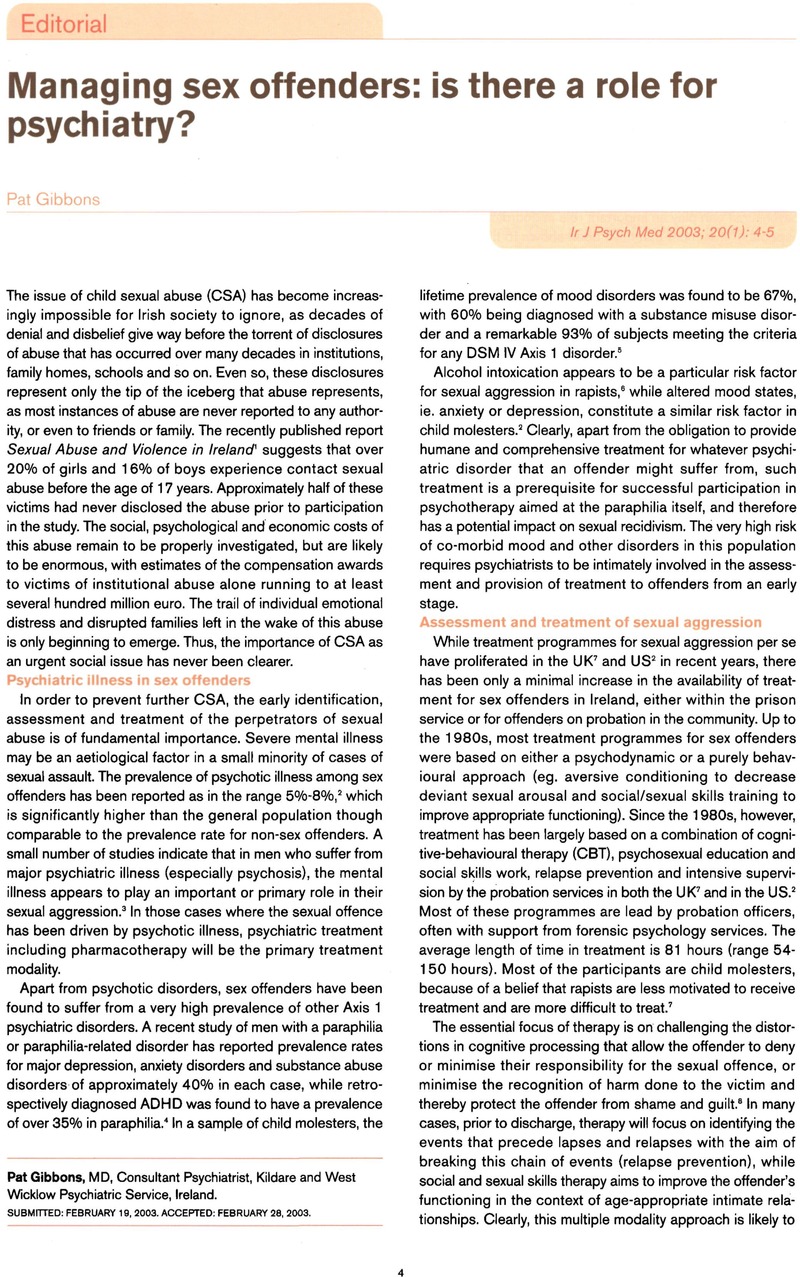Crossref Citations
This article has been cited by the following publications. This list is generated based on data provided by Crossref.
2004.
Current World Literature.
Current Opinion in Psychiatry,
Vol. 17,
Issue. 5,
p.
423.
2012.
Introduction to Forensic Psychology.
p.
615.



